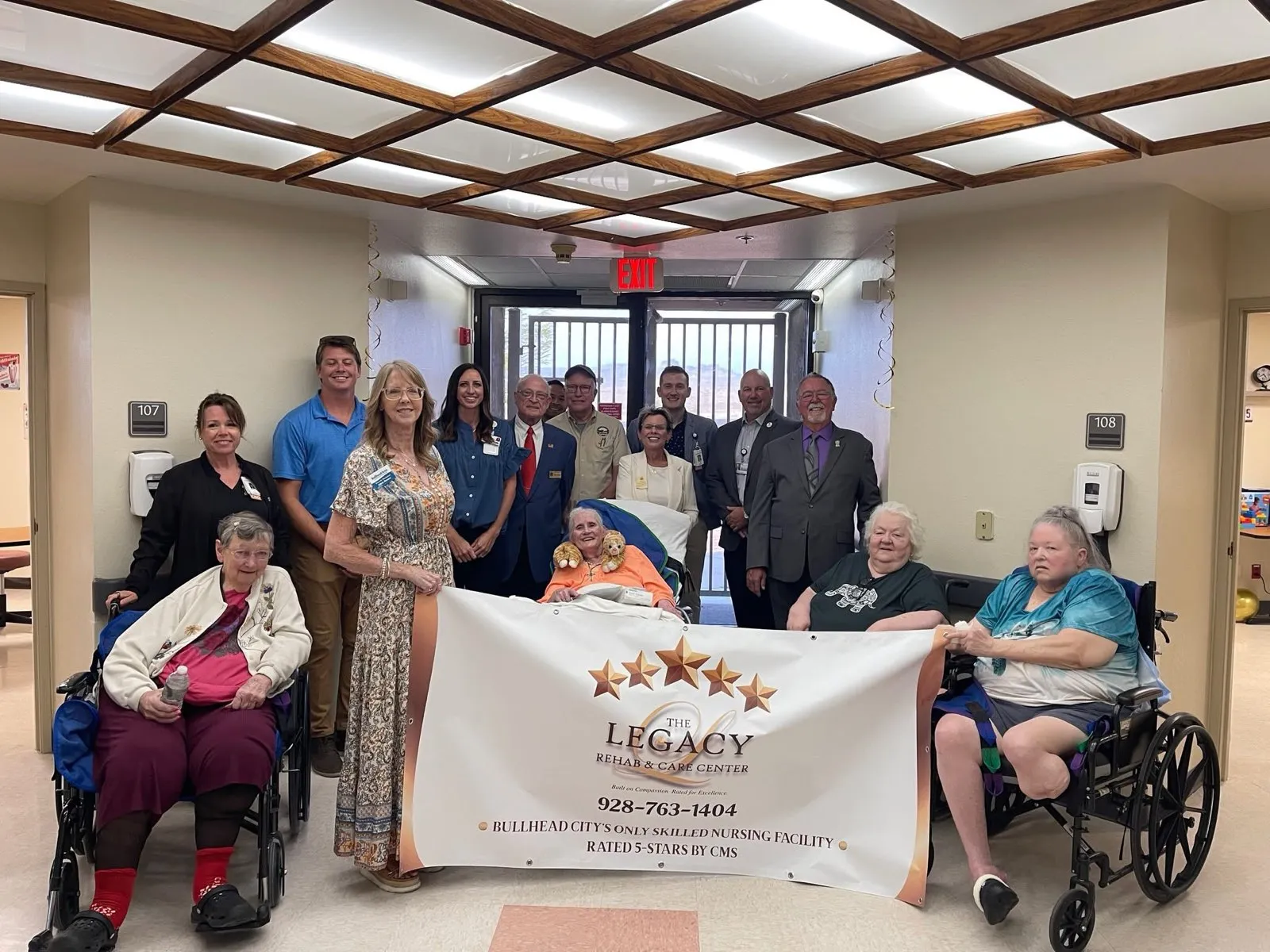ARIZONA — The landscape of agricultural and solar energy education in Arizona’s tribal communities is undergoing a transformative change, thanks in part to recent funding initiatives by the United States Department of Agriculture (USDA). Two tribal colleges, Diné College in Tsaile and Tohono O’odham Community College in Sells, are at the forefront of this shift, having received a significant boost from the USDA to enhance their educational infrastructure and programs.
In December 2023, the USDA announced an investment exceeding $750,000, aimed at improving infrastructure at these fully accredited tribal colleges. This funding is part of a broader effort to foster economic and educational opportunities in the surrounding tribal communities. Diné College and Tohono O’odham Community College are among 36 federally recognized tribal colleges and universities in the United States, known as 1994 land-grant institutions. These colleges play a crucial role in providing access to higher education and vocational training in rural and tribal areas.
Diné College, located in Tsaile, Arizona, is utilizing a $181,367 grant to enhance the facilities of the Dinè College Tsaile Demonstration Farm. This funding will be directed towards the purchase and installation of essential infrastructure such as heating, ventilation, and air conditioning units, steel building coverage, countertops, electrical systems, building framing, insulation, and foundational concrete work. These improvements are set to bolster the college’s agriculture education program, which includes the construction of a livestock holding facility. The enhancement of these facilities aligns with the college’s goals of providing students with a solid foundation in natural sciences, agriculture, and integrating traditional Tohono O’odham ways of life into their curriculum.
Tohono O’odham Community College is focused on incorporating sustainable energy solutions into its campus infrastructure. With a substantial $351,000 Tribal College Initiative Grant, the college plans to provide solar power to its new Language Center Building on the main campus. This initiative is a crucial step towards reducing energy costs and promoting sustainability. The college has previously established successful projects in agricultural education and is now expanding its focus to include solar energy, demonstrating a commitment to holistic and sustainable development in education.
These projects are not just about infrastructure development; they represent a significant shift in the way tribal colleges approach education and community development. The USDA’s investment is part of a larger strategy to achieve parity in funding between rural and tribal communities. This approach is aligned with the priorities of President Joe Biden’s administration, which has allocated an unprecedented amount of funding to support rural and tribal projects across the United States. In total, over 200 rural and tribal projects have been funded, amounting to an investment of $81 million nationwide.
The impact of these investments extends beyond the physical improvements to the colleges. According to USDA Rural Development State Director Charlene Fernandez, this funding is a pivotal step in investing in rural and tribal nations, creating a pathway for career opportunities for students in these communities. Fernandez emphasized the significance of this funding in directly benefiting the colleges and assuring career paths for many students residing on reservations and attending these institutions.
These initiatives at Diné College and Tohono O’odham Community College are vital in shaping the future of agricultural and renewable energy education in Arizona’s tribal communities. They symbolize a broader movement towards integrating traditional knowledge with modern scientific approaches, creating a unique educational experience that is rooted in community values and forward-thinking. This blend of traditional and contemporary education is not just about learning; it’s about building a sustainable future for tribal communities in Arizona and beyond.
The next steps for these colleges involve leveraging the USDA funding to expand their programs and reach. For Diné College, the focus will be on enhancing its agricultural education program, potentially leading to increased food security and economic development within the Navajo Nation. The college’s efforts in livestock management and crop production could serve as a model for sustainable agriculture practices, aligning with the Navajo Nation’s long-term goals of self-sufficiency and economic independence.
Tohono O’odham Community College’s solar power initiative is also set to have far-reaching effects. By reducing energy costs and promoting renewable energy sources, the college is not only setting an example for sustainable practices but also providing a learning platform for students and the community. This project could inspire similar initiatives in other tribal and rural areas, demonstrating the viability and benefits of renewable energy.
The USDA’s funding and the subsequent projects at Diné College and Tohono O’odham Community College are more than just educational enhancements. They represent a significant step towards empowering Arizona’s tribal communities through education, sustainability, and economic development. These initiatives are a testament to the resilience and adaptability of tribal colleges in addressing the unique needs of their communities while paving the way for a brighter, more sustainable future.










